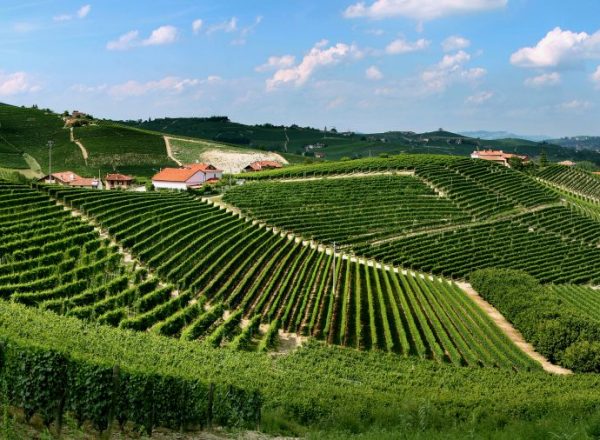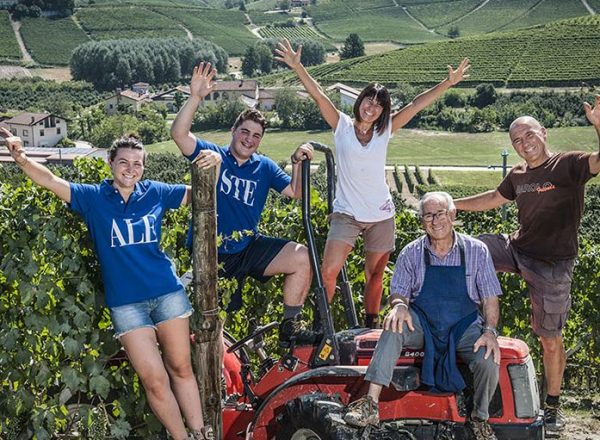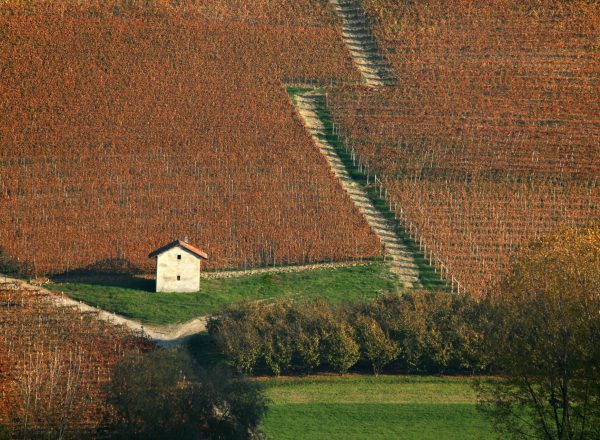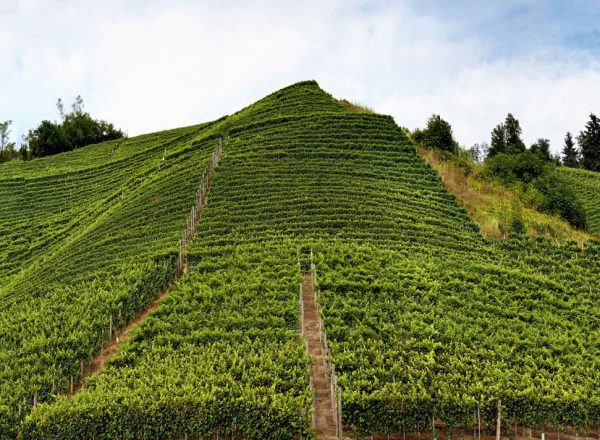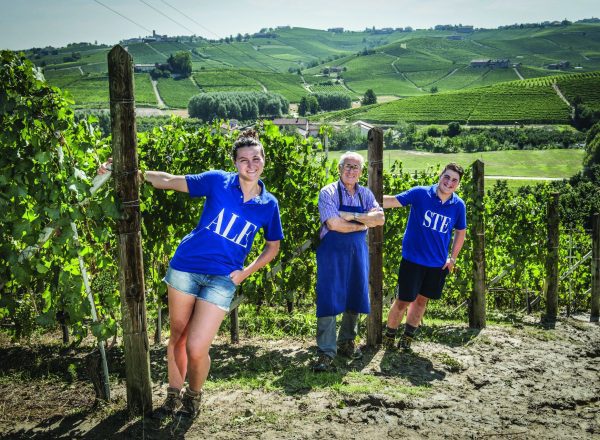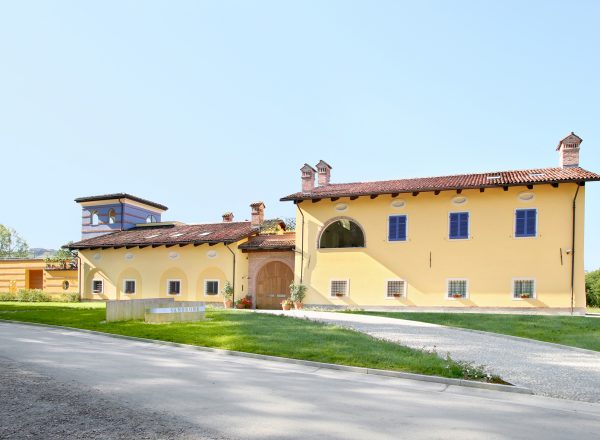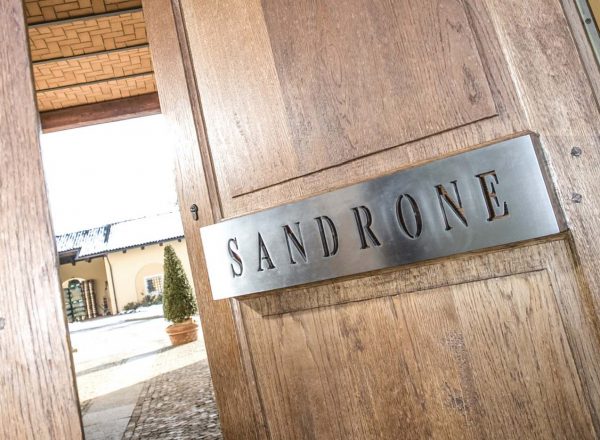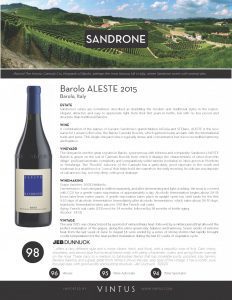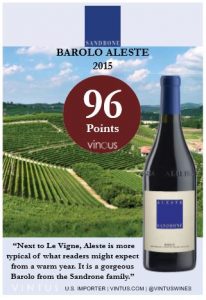
Sandrone
ALESTE Barolo 2015
Barolo
ALESTE is the natural continuity of Luciano’s first wine, the Barolo Cannubi Boschis, which garnered Luciano his early acclaim with the international trade and press. Giving all the experience, knowledge, patience and passion of his many harvests, Luciano pays tribute, with boldness and sensibility, to the next family generation: “ALESTE” is in fact the combination of the names of his grandchildren ALEssia and STEfano.
This single-vineyard wine is typically dense and concentrated but shows incredible harmony and balance. The medium-weight structure shows delightful and seductive notes of berries and cherries, with floral and mineral aspects. In great vintages, properly cellared examples will drink well for 20+ years. The finish is sweet and broad, with moderate, ripe tannins and long length.
VINEYARD
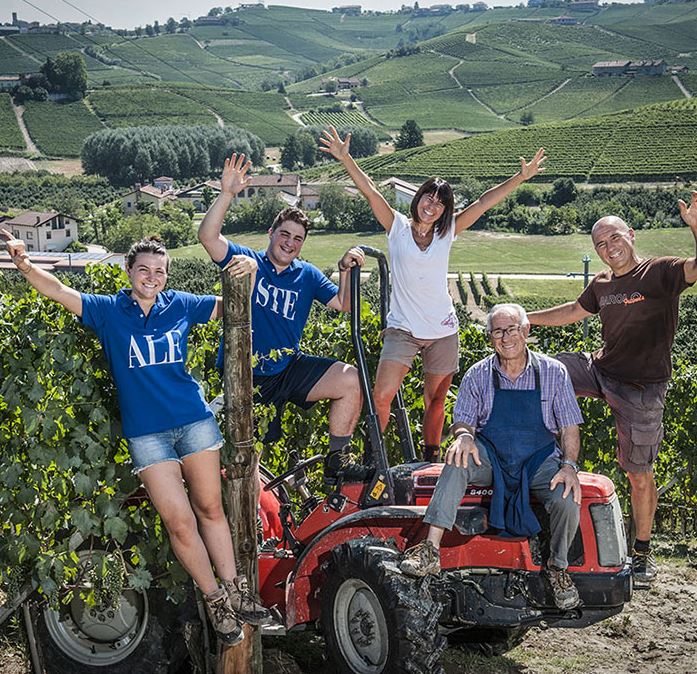
The vineyard is one of the great cru sites in Barolo, synonymous with richness and complexity. Sandrone’s ALESTE Barolo is grown on the soil of Cannubi Boschis, in a specific sub-section of the Cannubi hill. Cannubi extends north from the village of Barolo and has been planted to Nebbiolo on its south and east exposures for at least a century. It runs approximately southwest-northeast and is entirely inside the commune of Barolo, from which it displays the characteristics of wines from this village: profound aromatic complexity and comparatively softer tannins in relation to vines grown in Monforte or Serralunga. The “Boschis” subzone of the Cannubi (also known, historically, as Monghisolfo) is near the northern end of the hill, and is located directly across the little valley from the Sandrone winery building. The Cannubi Boschis subzone has a particularly good exposure to the south and southeast in a small bowl or “conca” that helps hold the warmth in the early morning. Its soils are sea deposits of calcareous clay, not very deep, with good drainage.
WINEMAKING
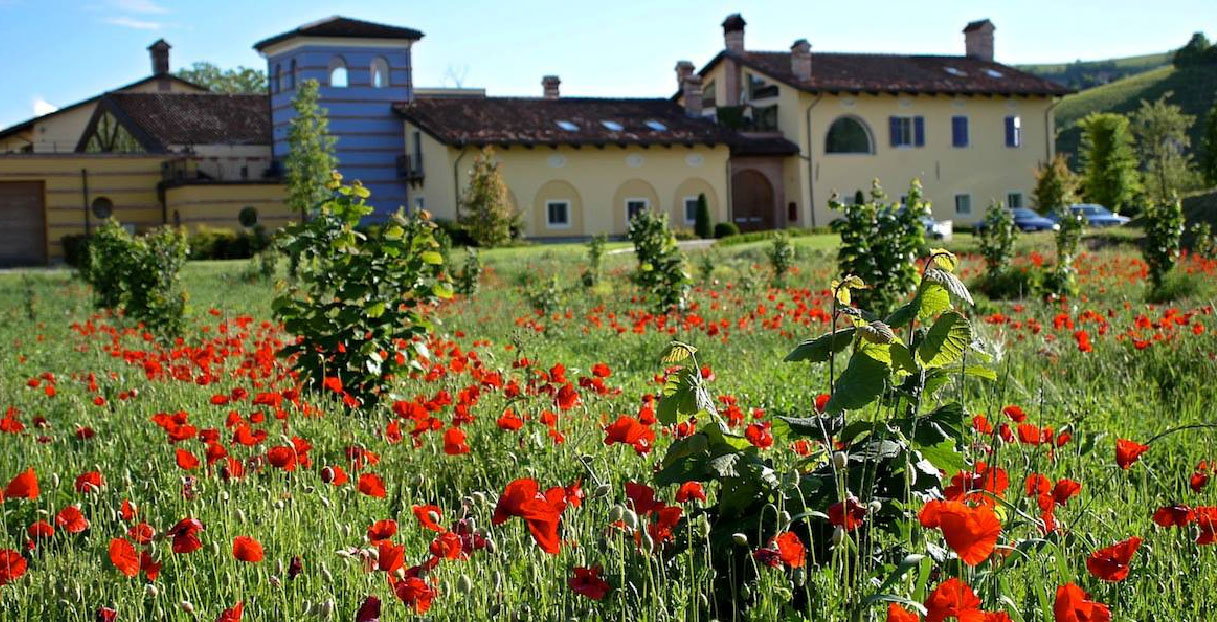
Each lot of the vineyard is vinified separately, and after destemming and light crushing, the must is covered with CO2 for a gentle warm maceration of approximately a day. Alcoholic fermentation begins about 24-36 hours later from native yeasts. A gentle maceration takes place in upright open-top steel tanks for the first 9-10 days of alcoholic fermentation. Immediately after alcoholic fermentation, which takes 28-30 days, malolactic fermentation takes place in 500 liter French oak casks. The wine is aged in these casks for 24 months, followed by 18 months of bottle aging. Around 800 cases are produced in a typical vintage.
VINTAGE
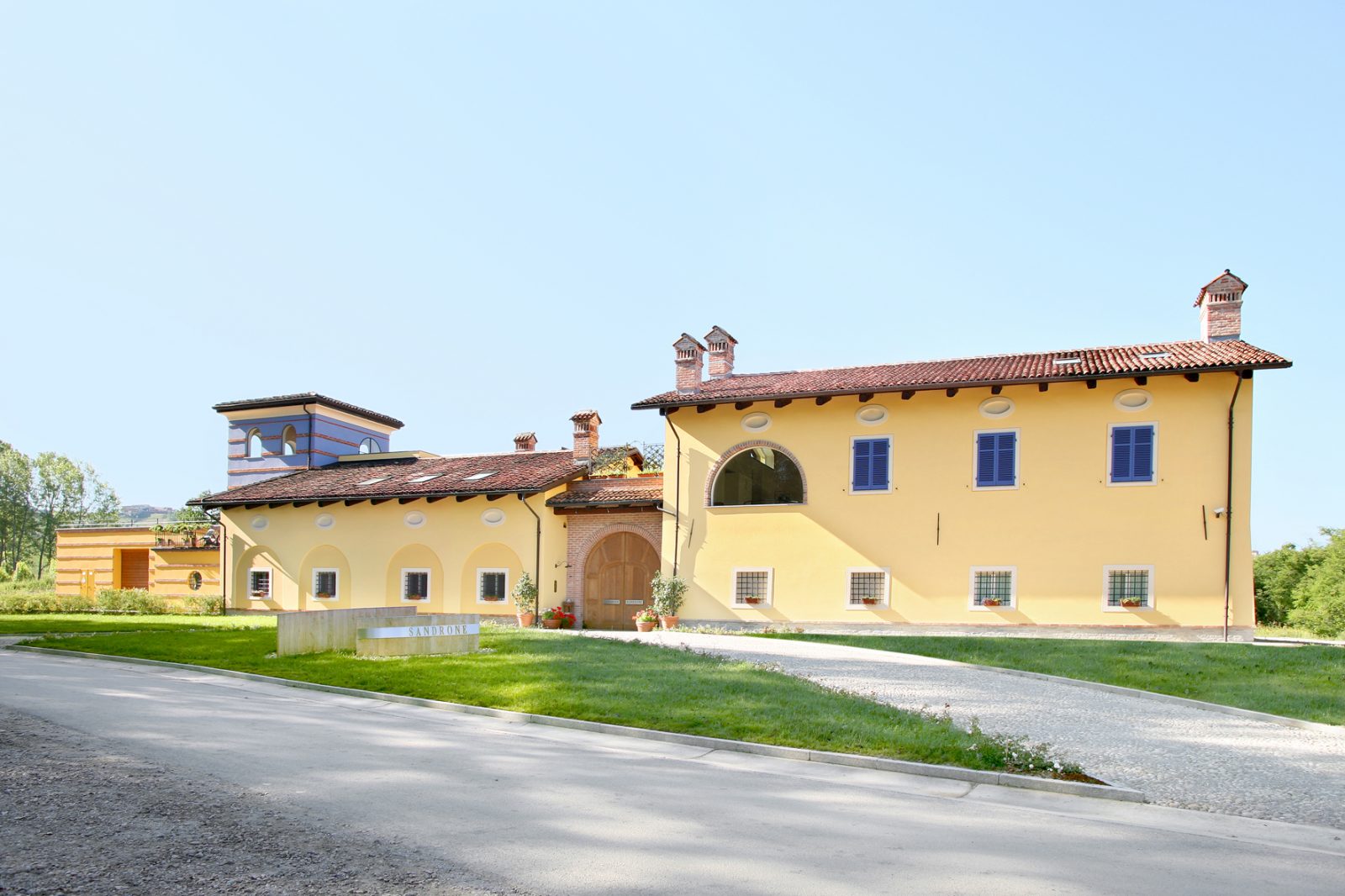
he year 2015 was characterized by a period of extraordinary heat, followed by a milder period that allowed the perfect maturation of the grapes, giving the wines generosity, balance and harmony.
7 weeks of extreme heat from the last week of June to August 14 were ended by a series of strong storms that rapidly brought cooler temperatures for the near-perfect maturation during the last 10 weeks of vegetative cycle.
The wines of this vintage show generosity and abundance in both taste and aroma.
We have learned much with regards to timing and its importance for the work in the vineyards over the last 20 years. Key practices, such as more careful defoliation, greater freedom of natural vegetative growth and especially the careful management of timing the vineyard practices have been optimized for best results. For example, crop-thinning too early often leads to fruit with notes of over-ripeness and excessive concentrations while doing it too late causes bitter and astringent phenolic results.
Many of the innovations that we have developed over the hottest years were put in practice during 2015 to get ripe, balanced fruit and the final result of our vineyard management is evident in the glass. In sum, the 2015 vintage is characterized by excellent maturation and well-developed, enveloping fruit, balanced with good freshness and ripe tannins in the Nebbiolo. 2015 is a beautiful example of generosity, balance and harmony.
Harvest took place from October 6th until 17th.
TASTING NOTE

Tasting notes
The full sun exposure of our historical vineyard Cannubi Boschis gave us a 2015 Barolo Aleste characterized by its richness and structure. The warm conditions of midsummer are immediately evident in the nose where black fruits – especially cherries, currants and raspberry – jump from the glass. The fruit is enhanced by mineral and floral notes, especially tea roses, with white truffle and licorice root adding particular aroma.
The palate is one of balanced fruits and well-defined, muscular structure. The cool fall nights allowed the development of the excellent acidity and ripened the tannins slowly and fully. The finish shows the powerful, ripe tannins which frame and support the fruit. The wine gives great pleasure now but will improve with 4-6 years in bottle.
Color
Red
Grape Varieties
Nebbiolo
Appellation
Barolo
Farming
Follows organic farming but has chosen not to seek certification. Minimal quantities of Bordeaux mixture and sulfur (as allowed per organic practices) are used to control mold and fungus, and fertilization every 4-6 years occurs with composted manure from dairy cows.
Alcohol
14.5%
Suggested Retail Price
$175.00
Reviews
"Pure, focused style"

Jeb Dunnuck - March 27, 2020 "In the same ballpark qualitatively as the Le Vigne, the 2015 Aleste (this was previously known as the Cannubi Boschis but was changed to Aleste in 2013) offers a very different style and is more vibrant, fresh, and floral, with a beautiful core of fruit. Dark cherry, strawberry, and almost blue fruit tones all blend nicely with plenty of lavender, violets, and spring flower nuances on the nose. These carry to a medium to full-bodied Barolo that has incredible purity, polished, silky tannins, flawless balance, and a great, great finish. While it shows the ripe, sexy style of the vintage, it has a cooler, pure, focused style, with good acidity and building structure."
"Linear and firm, yet classy and elegant"

Wine Spectator - January 16, 2020 "Rose and juniper aromas lead off, settling this red into pure flavors of floral, cherry, strawberry, sun-warmed hay, licorice and mineral. Linear and firm, yet classy and elegant, this tightens up on the finish."
"Total stunner"

Vinous - July 22, 2019 Sandrone's 2015 Barolo Aleste is a total stunner. Succulent dark cherry, plum, mocha, lavender and spice are all beautifully framed by ripe, silky tannins. Creamy, resonant and super-expressive, the 2015 Aleste hits all the right notes. Next to Le Vigne, Aleste is more typical of what readers might expect from a warm year. It is a gorgeous Barolo from the Sandrone family.
"Refreshingly expansive"

Wine Advocate - July 22, 2019 There is more purple and black fruit in the 2015 Barolo Aleste compared to past vintages from Luciano Sandrone and also fewer of those floral accents that characterize the Cannubi Boschis where this fruit comes from. All the same, the bouquet comes off equally as intense and as generous as ever, if not more so. This wine also seems ready from an aromatic point of view, even if it needs some extra time to reverberate in the mouth. It is compact and firm, with good, meaty fruit, and it's refreshingly expansive in scope.
"Firm with a flavorful finish"

James Suckling - July 12, 2019 "Aromas of dried flowers and sweet berries follow through to a full body, very firm and chewy tannins and a long, flavorful finish."
Trade Materials
Other Wines by this Producer

Dolcetto d’Alba
Dolcetto d'Alba
Sandrone's Dolcetto d’Alba is produced using Dolcetto grapes from 11 different vineyards, all within the Barolo DOCG. Sandrone’s Dolcetto sees no time in wood and is a remarkably robust and complex example of the variety.
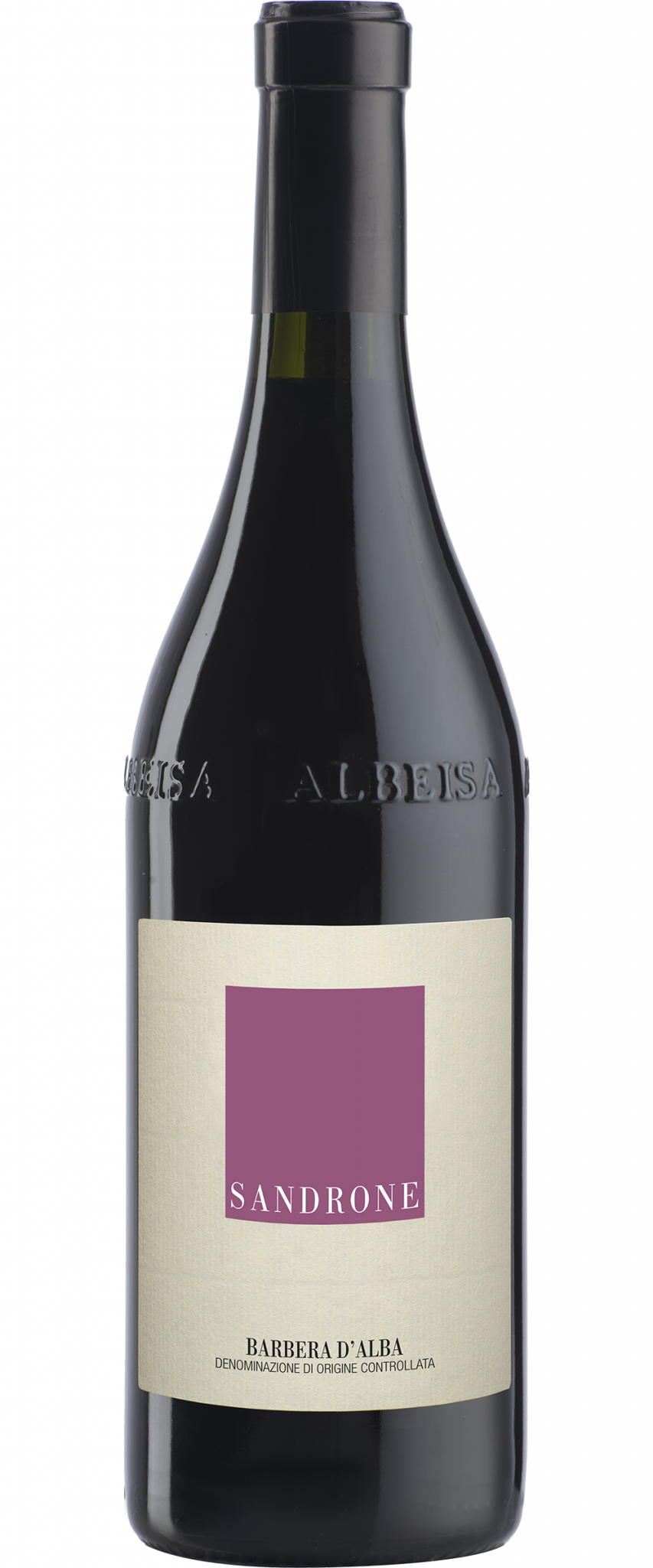
Barbera d’Alba
Barbera d'Alba
The Sandrone Barbera d'Alba comes from three vineyards: Merli and Rocche di San Nicola in Novello, and Cascina Pe Mol in Monforte d’Alba. It is widely considered one of the most intense and complex Barberas produced.

Valmaggiore
Nebbiolo d'Alba
Valmaggiore is the product of Luciano’s incredible passion for the Nebbiolo grape variety and its different expression. Just 15 miles away from Barolo, in the Roero region, Nebbiolo produces a lighter structure and ripe, smooth tannins that are not unlike those of Pinot Noir. This is not a “baby Barolo” or a second wine at all – it is a distinct interpretation of Nebbiolo from a completely distinct geographic zone.

Le Vigne Barolo
Barolo
Le Vigne is a wine created from four different Nebbiolo vineyards, each of which brings its own contribution. This union generates an exceptionally complex wine that is round and harmonious on the palate, with fruity and spicy notes, and this approach of blending together plots is in fact the traditional one in Barolo.
